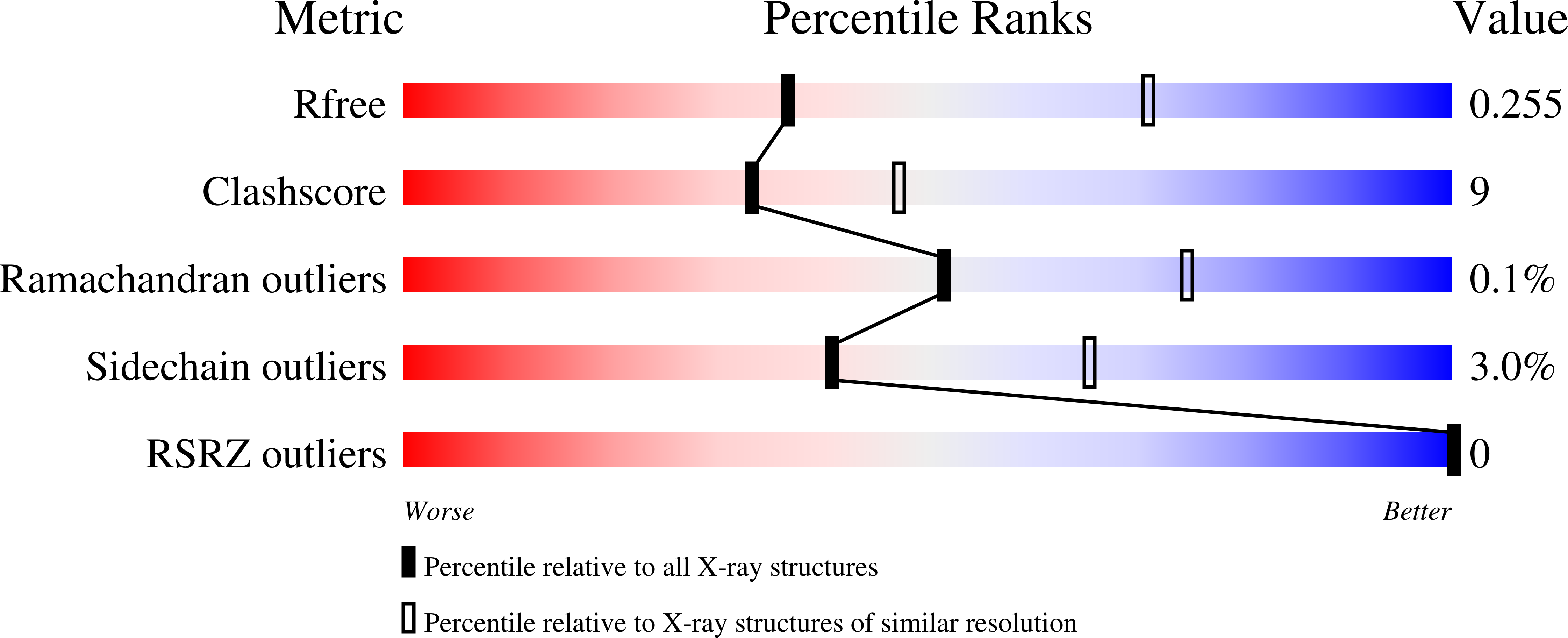
Deposition Date
2020-08-15
Release Date
2021-06-23
Last Version Date
2024-12-25
Entry Detail
PDB ID:
7JSO
Keywords:
Title:
P. syringae AldA Indole-3-Acetaldehyde Dehydrogenase C302A mutant in complex with NAD+ and IAA
Biological Source:
Source Organism:
Host Organism:
Method Details:
Experimental Method:
Resolution:
2.85 Å
R-Value Free:
0.25
R-Value Work:
0.21
R-Value Observed:
0.21
Space Group:
C 1 2 1


